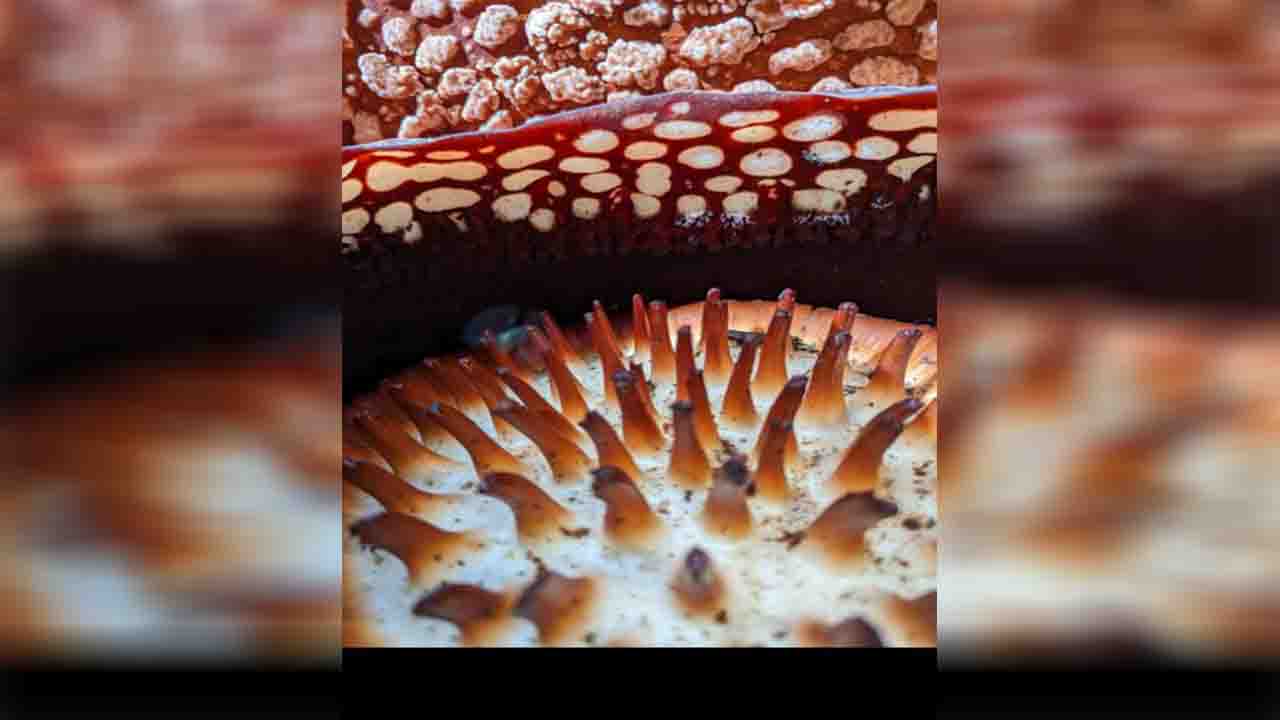UK (Commonwealth Union) – A global consortium of scientists, including botanists affiliated with the University of Oxford’s Botanic Garden, has issued an urgent plea for concerted efforts to safeguard the renowned Rafflesia genus, which boasts the world’s largest blossoms. This plea comes in the wake of a recent study, published this week, that reveals the severe peril facing most of the 42 Rafflesia species. Researchers pointed out that astonishingly, only a solitary species from this remarkable genus finds itself on the International Union for Conservation of Nature (IUCN) Red List of Threatened Species. Adding to this distressing scenario, more than two-thirds (67%) of the natural habitats housing these plants remain vulnerable and inadequately protected.
Rafflesia, a botanical marvel that has puzzled scientists for centuries, has sparked profound intrigue. This parasitic plant thrives by invading tropical vines within the jungles of Southeast Asia, encompassing regions such as Brunei, Indonesia, Malaysia, the Philippines, and Thailand. For the majority of its lifecycle, Rafflesia remains concealed, existing as a network of delicate filaments that infiltrate its host plant. At unpredictable intervals, this parasitic organism unfurls a bud reminiscent of a cabbage, breaking through the vine’s outer layer to evolve into a colossal, five-lobed flower measuring up to one meter in diameter. It emits a repugnant odor akin to rotting meat, designed to allure pollinating flies, a trait that has earned it the alternative moniker of the “corpse flower.”
Given its elusive life cycle, Rafflesia remains a subject of limited comprehension, with the discovery of new species still ongoing. To gain a more profound insight into the vulnerability of these unique plants, a coalition of scientists has established the world’s first comprehensive global network to assess the perils confronting Rafflesia.
The findings of this study lay bare the alarming predicament faced by all 42 Rafflesia species. Utilizing the criteria employed by the IUCN, these scientists have classified 25 of them as “Critically Endangered,” 15 as “Endangered,” and two as “Vulnerable.” Furthermore, an overwhelming majority—67% to be exact—lack the protective shield of regional or national conservation strategies.
The restricted geographic distributions of Rafflesia species exacerbate their susceptibility to habitat degradation. The study underscores that many remaining populations consist of just a handful of individuals residing in unprotected areas that are critically imperiled due to potential conversion for agricultural use. Since attempts to cultivate Rafflesia in botanic gardens have yielded limited success to date, conserving their natural habitats emerges as an urgent imperative.
To counteract these looming threats, the researchers strongly advocate for the immediate inclusion of all Rafflesia species on the IUCN Red List of Threatened Species, as presently only one—the Rafflesia magnifica—has secured a spot on this list.
The team has proposed a comprehensive four-point action plan targeting governments, research centers, and conservation organizations:
The foremost recommendation is to bolster the protection of Rafflesia habitats, with a particular focus on populations facing the highest risks. This strategy recognizes habitat preservation as the most potent tool for Rafflesia conservation. Given that Southeast Asia is witnessing the fastest depletion of forests on the planet, it’s critical to safeguard these regions, especially since many known Rafflesia populations are dangerously close to burgeoning human settlements.
The informing in decision-making and conservation efforts, there is a pressing need to gain a more profound understanding of the complete diversity of Rafflesia species. It is suspected that numerous Rafflesia species remain undocumented, while some may have already become extinct before they were even discovered by science. Protecting these enigmatic plants necessitates sampling expeditions and genetic analyses to ascertain the true extent of Rafflesia species diversity.
The development of methods to successfully propagate Rafflesia outside their native habitats is a critical component of the action plan. This may involve innovative approaches such as grafting Rafflesia-infected vines onto uninfected vines, particularly for species at high risk due to habitat destruction. Engaging local communities in Rafflesia conservation efforts is imperative.








